Five wetland plants with secret superpowers
Plants are the structural foundation of wetlands, supporting a range of life. They also have some amazing and unexpected qualities. Yet they are often under-appreciated.
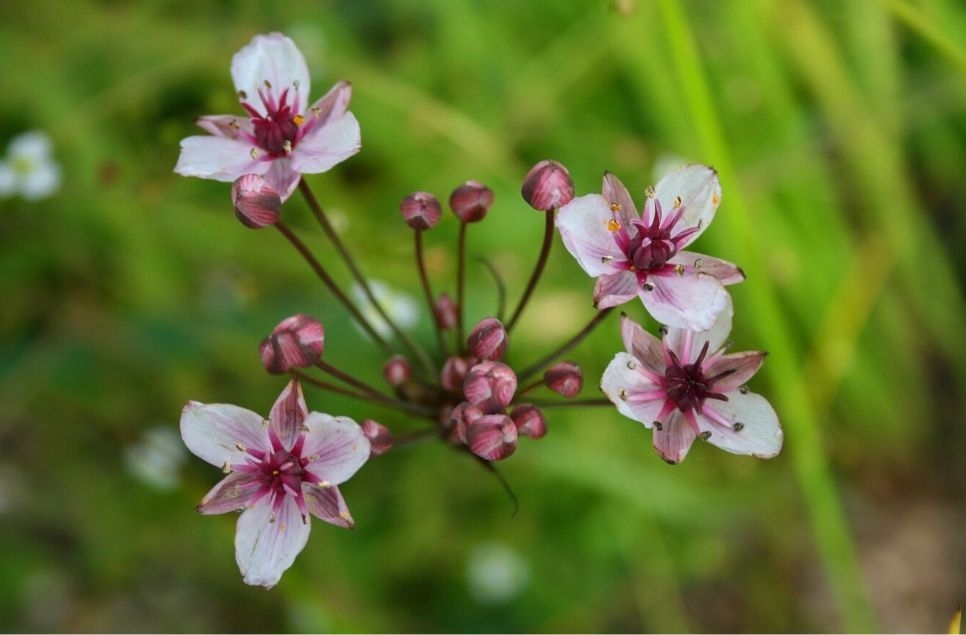
Plants are the true superheroes of our planet. They are essential for the planet and for all living things. Plants provide us with food, shelter, medicine and clean air. Plants get their energy from sunlight and carbon dioxide, releasing oxygen from their leaves, which humans and other animals need to breathe. Some plants also help to clean our water. Yet they are often under-appreciated.
What’s so special about wetland plants?
Plants are the structural foundation of wetlands, supporting a range of life. Dragonflies creep out along the stems of emergent pond plants, their new wings unfurling. Birds, mammals and fish shelter in the reedbeds, while female newts carefully wrap their eggs in submerged leaves.
Different plants grow in different types of wetlands. In the UK we might think of reeds and bulrushes blowing gently in the breeze or a weeping willow bowing over a meandering river. In more tropical places mangroves might be a more familiar sight. Each type of wetland encourages particular species due to nutrient availability, biodiversity and other environmental conditions such as water levels, light and so on.
Wetlands plants help clean our water. As water flows off the land sediment, nutrients and organic matter are filtered out by wetlands. As the nutrients enter the water they are absorbed by the plants and organisms of the wetland.
Despite all these benefits, plants are sometimes overlooked. This is especially true in the UK, where we can sometimes think of our plant life as everyday compared to the fynbos of South Africa or the mighty Amazon. But there’s actually a huge range of plants you might not yet have come across. Here are just some of our favourite wetland plants with hidden depths.
Great reedmace (Typha latifolia) - the all-year bird buffet
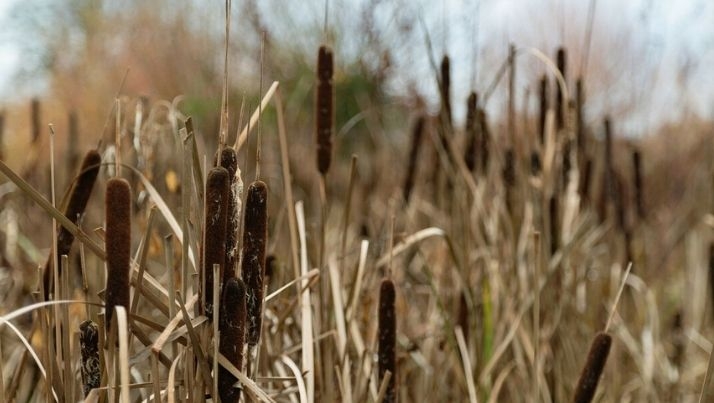
The great reedmace is also called a bulrush or broadleaf cattail and is one of our most recognisable and widespread wetland plants. Its sausage-shaped heads sit on long thin stems rustle alongside rivers, lakes, ponds and ditches. The heads are seed pods, and they appear from June to August. These heads tend to dry out and still be around in winter, where they provide food for reed-dwelling birds. The rest of the plant is useful too: its rhizomes are home to the ruddy darter dragonfly's nymphs, and other insects hibernate in the stems. They also remove nitrate and phosphates from the water, along with much of the other nutrients and dissolved solids in wastewater. It’s a good example of the positive relationship between wildlife and nature’s sponges.
Although we sometimes call this a bulrush, a true bulrush is actually an entirely different species (Schoenoplectus lacustris), it’s thought this confusion came about from a Victorian painting.
Bladderwort (Utricularia spp) - The cute carnivore
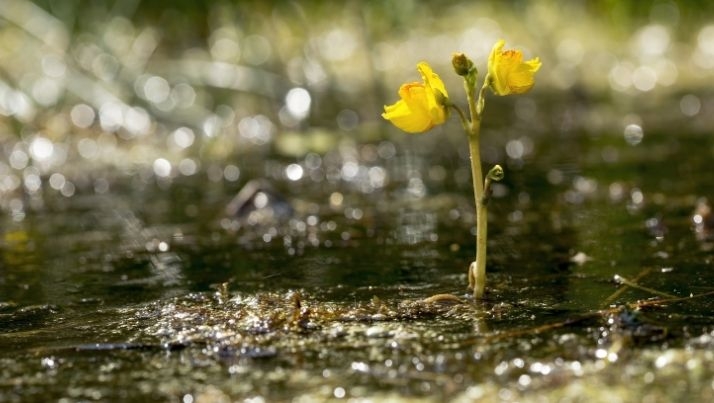
Bladderworts (there are around 233 different species) grow in fresh water and wet soil on every continent except Antarctica. Study these plants under a powerful microscope and you will be treated to one of the most complicated mechanisms for catching prey in the natural world. All bladderworts are carnivorous and capture small organisms in bladder-like traps. The traps range in size from 0.2 mm to 1.2 cm. Aquatic species have bladders that are larger and can feed on more substantial prey such as water fleas, nematodes, mosquito larvae and even young tadpoles!
Bladderworts are from another group you might be surprised to find growing native in the UK – carnivorous plants! Along with sundews and butterworts, they are bog plants that prey on invertebrates, rather than getting their nutrients from the soil.
Despite their small size, the traps are very sophisticated and when triggered by prey activate an underwater process that sends air from one part of the plant to another, sucking the doomed creature in.
Peat moss (Sphagnum spp): the carbon-storing super plant
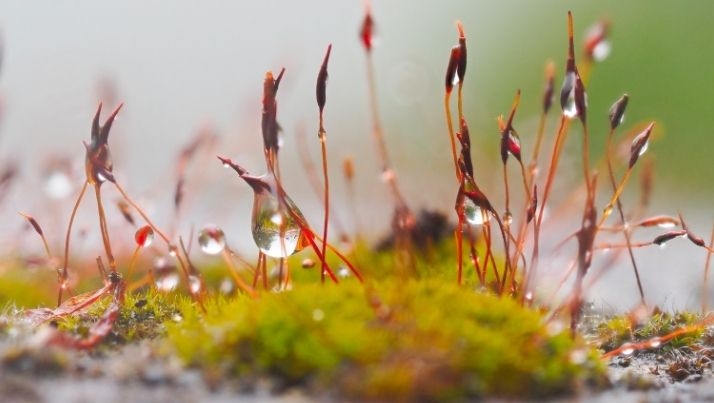
These sphagnum mosses (of which there are around 380 different species) form multi-coloured living carpets found in wet places like peat bogs, marshland, heath and moorland. They grow from spores that are produced in fruiting bodies called capsules and played a vital role in the creation of many upland peat bogs. The spongy mosses store water even after the soil around them has dried out. Plants can hold 16 to 26 times as much water as their dry weight, depending on the species. The empty cells help retain water in drier conditions and provide nutrients that prevent the decay of dead plant material. This, combined with the antiseptic properties of sphagnum moss, meant that it was used to pack wounds during WW1!
This organic matter then gets compressed to form peat – a process that takes hundreds of years.
Peat wetlands store more carbon in their soil than rainforests do, storing a third of the world’s total carbon despite only taking up three per cent of the world’s surface.
Common reed (Phragmites australis) - the water-purifying wonder
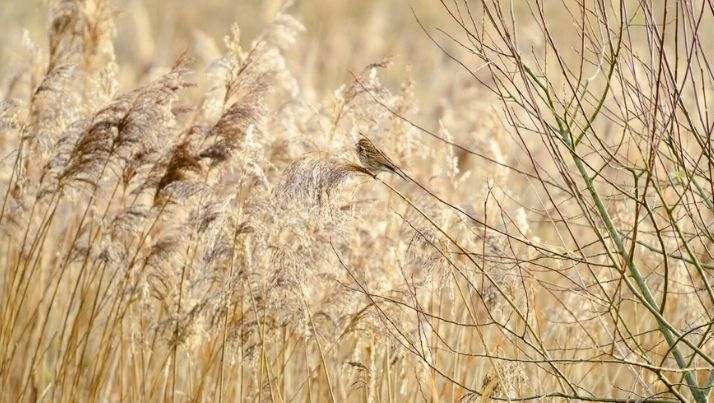
Harvest mice weave fragile tennis ball-sized nests, and bearded reedlings ping gently from the stems. A water rail skulks from the shallows, performing an optical illusion as it turns to face you and seemingly vanishes from view. A bittern's boom echoes in the distance, all set to a backdrop of sighing phragmites.
Reedbeds provide shelter to these shy wetland species, but the reed plants, sediment and bacteria that hang around the rhizomes in very shallow water also work together to provide brilliant natural water filtering.
Wetlands like reedbeds can remove up to 60 per cent of metals in the water, trap and retain up to 90 per cent of sediment from runoff and eliminate up to 90 per cent of nitrogen.
Common sea lavender (Limonium vulgare) - the saltwater survivor
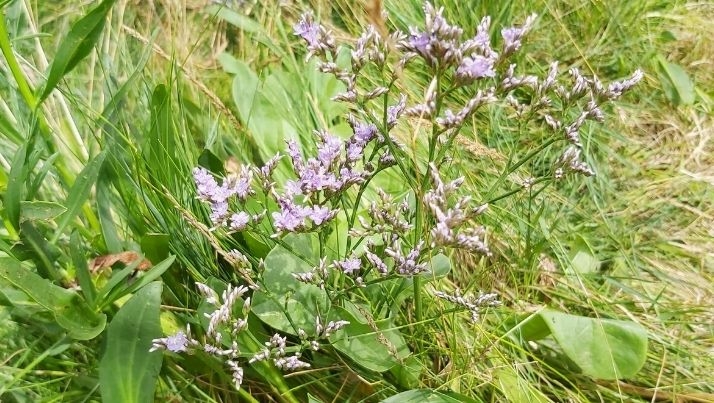
Sea lavender is one of many plants that thrive on the seemingly inhospitable saltmarshes of the UK. Along with other plants like sea aster, glasswort and sea thrift, sea lavender has adapted to life in the saltmarsh ecosystem, enduring being regularly submerged in saltwater and then drying out. In the summer, it creates beautiful swathes of purple when it flowers. It provides food for pollinators and shelter for small birds, but its benefits go even further: saltmarsh plants trap fine sediment on the saltmarsh which buries decaying plant material in waterlogged ground and prevents carbon from returning to the ocean, where it would mostly be released back into the atmosphere.
In 2019 there were signs that sea lavender had begun to colonise WWT Steart Marshes after 5 years post-tidal breach; an incredible occurrence given that it usually takes far longer for sea lavender to colonise realigned saltmarshes like Steart.
You might also be interested in…
Plant life is a unique and important part of our wetlands, with a huge range of species from statuesque flag irises to the tiniest orchid. Wildflower season is upon us, so why not seek out your favourites at one of our wetland centres?
Find your nearest centreCommon wildflower guide
Find out more about some of the more common wildflowers you might see this spring and summer in our wetlands, and some of the fascinating folklore behind them.
Learn your flowers


